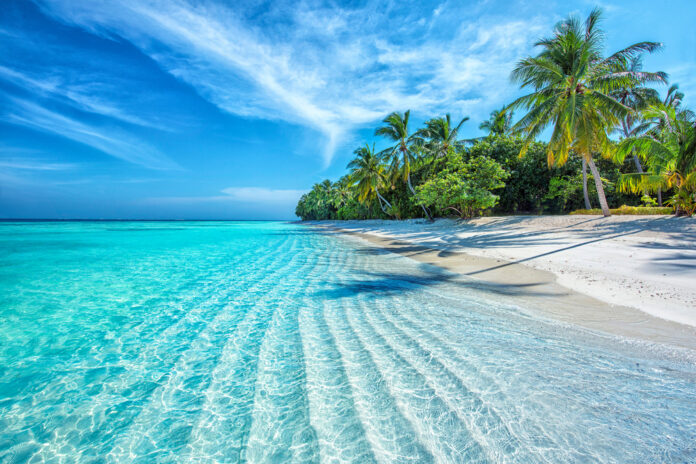It started as a quiet night. People settled into their routines—families at dinner tables, others scrolling through their phones. And then, the ground shifted. A 7.6 magnitude earthquake struck near the Honduras Trench, rippling across the Caribbean and beyond.
The shaking was felt far and wide. Puerto Rico, Honduras, even the Virgin Islands—all caught in its tremor. For a moment, everything paused, uncertain. Then came the questions: Is it over? Is it safe?
The Science Behind the Shaking
Tectonic plates don’t rest. Beneath the surface, they move, collide, and sometimes release massive amounts of energy. That’s what happened here. The Caribbean Plate, brushing against the North American Plate, created just enough tension to cause this quake.
Its depth—just 10 kilometers—made the shaking more intense. Shallower quakes tend to do that. The US Geological Survey (USGS) tracked the epicenter near the Honduras Trench, a known seismic hotspot. Scientists weren’t surprised, but locals? They were shaken—literally.
A Tsunami Advisory Sparks Concern
Within minutes, warnings were issued. Coastal areas like Honduras, Puerto Rico, and the Virgin Islands were on alert for potential tsunami waves. The advisory wasn’t subtle—move inland, stay safe.
In homes and along beaches, people moved quickly. Bags were packed. High ground became the priority. Hours later, the advisory was lifted. No significant waves arrived, but the fear? That lingered. It always does with the unknown.
How Did Communities React?
Social media lit up. Videos of swaying chandeliers, cracked walls, and startled pets flooded timelines. One person in Puerto Rico described the quake as “rolling, like the ground was alive.” Others in Honduras shared stories of rushing outside, unsure if the shaking would stop.
In moments like these, people come together. Neighbors checking on neighbors. Emergency responders working through the night. The tremors might stop, but the support doesn’t.
What’s Next?
Aftershocks are common. Smaller quakes that follow the big one, sometimes hours or days later. Experts warn of this, urging residents to stay alert. Engineers will assess buildings, ensuring safety. Scientists will study the quake’s data, looking for patterns, for answers.
And the people? They’ll rebuild. That’s what they do. Hurricanes, earthquakes—it’s part of life here. But resilience? That’s part of life too.
Staying Prepared for the Future
Earthquakes are unpredictable, but preparation isn’t. Here’s what experts recommend:
- Anchor Heavy Furniture: Prevent hazards during shaking.
- Pack an Emergency Kit: Water, food, flashlights, first aid—it’s all essential.
- Know Your Safe Zones: Under sturdy furniture, away from windows.
- Follow Trusted Updates: The USGS, local authorities—they know what’s happening.
Final Reflections
This quake will be remembered—not just for its strength, but for the way communities responded. The way people came together.
Earthquakes remind us of how small we are. But they also remind us of our strength. In the face of nature’s power, the Caribbean once again proved its resilience.


